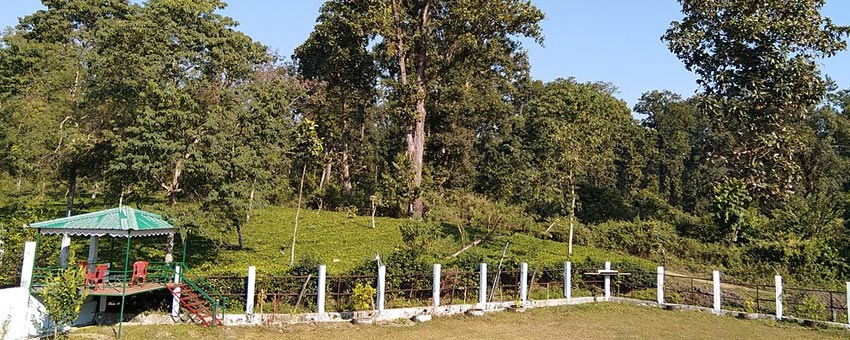5 Interesting Facts about Gorumara National Park
By JAGAT- [29-May-24] Gorumara National Park located in the Dooars region of West Bengal, India is a notable wildlife sanctuary known for its rich variety of living species and scenic beauty. Unlike many other national parks in India that primarily feature dense forests, Gorumara is notable for its extensive grasslands. This unique ecosystem supports a variety of herbivores and provides a distinct landscape for wildlife viewing. Gorumara is surrounded by several tribal villages, including those of the Rabha, Mech, and Oraon tribes. Visitors have the opportunity to interact with these communities, learn about their unique customs and traditions and witness cultural performances such as tribal dances. While many parks in India are known for their tigers, Gorumara is particularly renowned for its population of the Indian one-horned rhinoceros. The park’s efforts in rhino conservation have been notably successful, making it a key location for rhino enthusiasts. The park is also a haven for bird watchers with over 200 bird species recorded. Unique species like the great Indian hornbill add to its avian diversity. Here are five interesting facts about Gorumara National Park:

Historical Significance of Gorumara National Park
Gorumara was designated as a reserve forest in 1895 during the British colonial period in India. This early recognition underscored the area's importance due to its rich biodiversity and the presence of valuable timber species. In 1949, Gorumara was officially declared a wildlife sanctuary. This status was aimed at providing better protection to the area’s wildlife, especially the Indian one-horned rhinoceros which had been under threat from hunting and habitat loss. In 1994, Gorumara was elevated to the status of a national park. This upgrade reflected increased efforts and a more comprehensive approach to conserving its diverse flora and fauna. National park status brought stricter regulations and more resources for conservation initiatives. The park is surrounded by several tribal communities, including the Rabha, Mech and Oraon tribes. These communities have lived in harmony with the forest for centuries. The interaction between the park's management and local tribes has been pivotal in fostering conservation efforts. Tribal knowledge and traditions have contributed to the sustainable use of forest resources. Historically, Gorumara has been recognized for its rich biodiversity. The park is home to numerous plant species, including several types of trees, shrubs, and grasses. It also supports a wide variety of animal species making it a critical area for biodiversity conservation in the northeastern part of India.
It’s Unique Assorted Ecosystem and Strategic Location
The park boasts a diverse ecosystem with a variety of flora and fauna. It is home to several species of mammals, including elephants, gaur, leopards and different species of deer such as the sambar and chital. The park also has a rich avian population making it a bird watcher’s paradise with species like the scarlet minivet, Indian hornbill, and woodpeckers. Gorumara National Park is strategically located at the confluence of the Murti and Raidak rivers. This location contributes to the park's lush green environment and supports its diverse wildlife. The rivers also add to the scenic beauty of the park making it a picturesque destination.
Rhino Habitat and Jungle Safari Experience in Gorumara:
The Indian one-horned rhinoceros thrives in the park's extensive grasslands, swamps, and riverine forests. These areas provide ample grazing opportunities and water sources essential for their survival. The park features a mix of tropical and subtropical forests as well as several rivers and streams, creating a diverse ecosystem that supports the rhinos and other wildlife. Jeep safaris in Gorumara are a popular way to explore Gorumara. They typically last 2-3 hours and take you through various terrains, including grasslands, forests and near riverbanks, where wildlife sightings are common. For a unique perspective, consider an elephant safari. These safaris offer a higher vantage point and can navigate through dense forests and swampy areas inaccessible to jeeps. Wildlife is most active during the early morning and late afternoon. These times offer the best chances to spot rhinos and other animals such as elephants, bison, deer and various bird species. The park is open from November to April. The post-monsoon period (November to February) is particularly good for wildlife viewing due to the lush landscape and cooler temperatures.